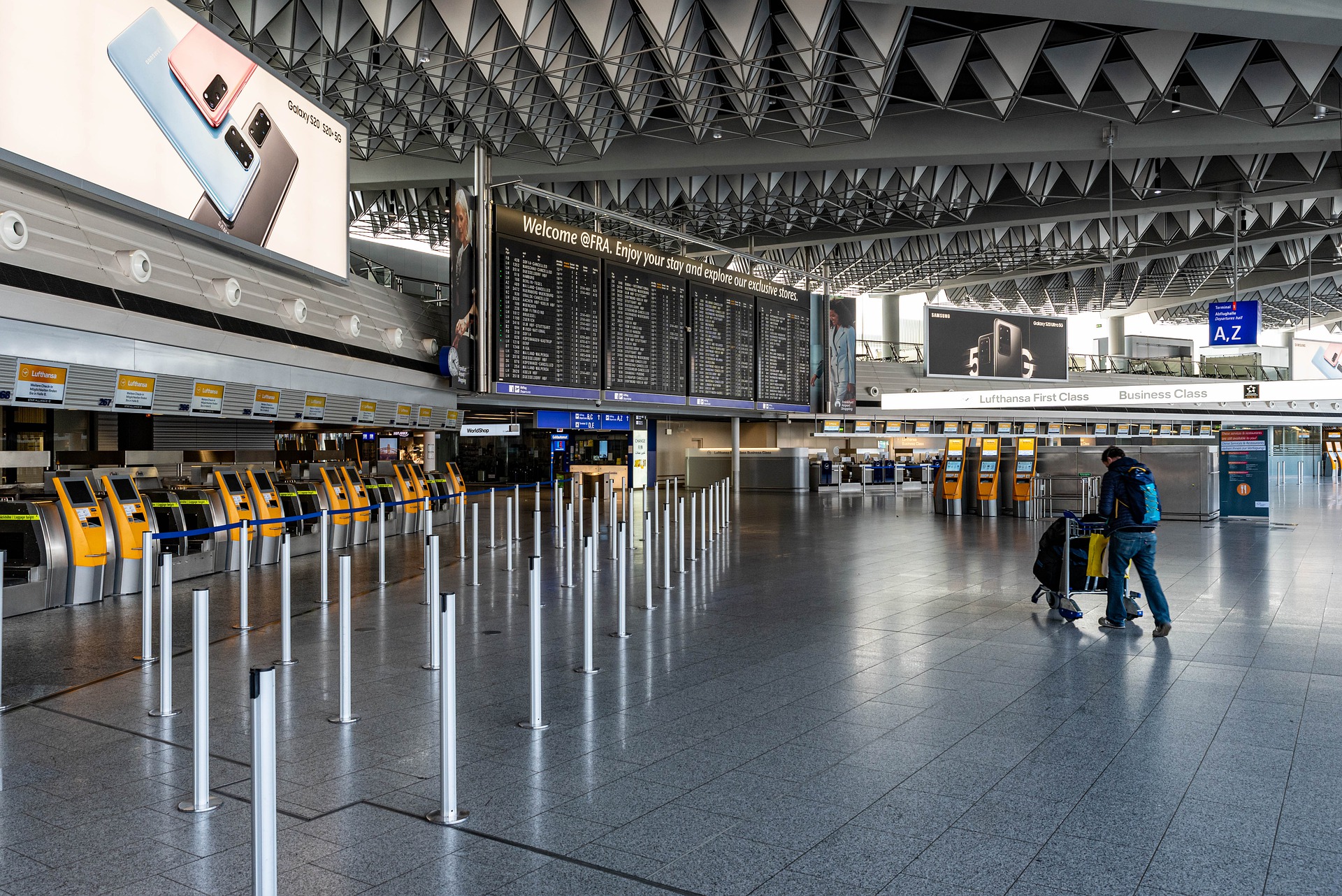
TEL+66-2-009-5000 Ext. 3108
joseph.t@mhm-global.com

TEL+66-2-009-5000 Ext. 3404
nathee.s@mhm-global.com

 Chandler MHM Limited
Chandler MHM Limited36th Floor, Sathorn Square Office Tower
98 North Sathorn Road Silom, Bangrak, Bangkok 10500
Thailand
www.chandlermhm.com
As the global travel industry continues to grapple with the effects of COVID-19, many companies are now beginning to seek protections under various insolvency regimes. On 30 July 2020, Nok Airlines Public Company Limited (“NOK”) filed a petition for business rehabilitation under the Bankruptcy Act at the Central Bankruptcy Court of Thailand (the “Court”) and the Court accepted such petition on the same day under case number ForFor. 21/2563 with a debt amount of THB 26,522,203,418. NOK has nominated the following as its rehabilitation planners:
- Grant Thornton Specialist Advisory Services Co., ;
- Prinya Waiwatana;
- Tai Chong Yih;
- Kasemsant Weerakun;
- Wutthiphum Jurangkool; and
- Chavalit Uttasart.
It should be noted that whilst rehabilitation proceedings have not yet commenced, the automatic stay under the Bankruptcy Act is now in place. The Court has scheduled a hearing on 27 October 2020 at 9.00 am to determine whether the rehabilitation proceedings should commence. The Court will need to consider NOK’s ongoing business prospects and ensure the outcome of the rehabilitation proceedings do not leave creditors in a worse position vis a vis liquidation.
Under the automatic stay:
- any pending action or lawsuit against NOK will be suspended and no new action or lawsuit against NOK can commence;
- the repayment or incurrence of any debt by NOK will be restricted;
- secured creditors will be unable to enforce their security outside the rehabilitation proceedings, unless permitted by the Court;
- judgement creditors will be unable to enforce on any of NOK’s assets1; and
- owners of the assets which are material to NOK’s operations under any lease or hire purchase agreement, sale purchase agreement or other agreement with a condition to the transfer of ownership of such asset will be unable to repossess such assets (subject to limited exceptions).
The next procedural steps for the Court will be to consider the selection of the planner by NOK and determine if the debtor is, in fact, insolvent as defined under the Bankruptcy Act. Once such hearings are concluded, the Court will determine whether to (i) commence rehabilitation proceedings with NOK’s proposed planners, (ii) schedule a separate set of creditors meetings to determine the identity of the planner or (iii) dismiss the petition.
Next steps for lessors and creditors
Notwithstanding the implementation of the automatic stay, lessors should consult with counsel and consider steps to protect their rights under their leases or mitigate risks associated with the rehabilitation proceedings. Such steps may include (but are not limited to) the following:
- Issuing a Default Notice/ Grounding Notice
The submission of the rehabilitation petition would have likely triggered an Event of Default under NOK’s leases. Lessors should consider serving a default notice and a reservation of rights letter addressing an event of default under the relevant lease. Such notice should confirm any unpaid amount and reserve its rights to further claim all costs and expenses under the lease. Whilst the legal enforceability of the grounding notice may be questionable, such notice may serve to signal to NOK that it should not continue to operate the aircraft as usual and that prompt engagement with the lessors to discuss next steps is critical.
- Applying Security Deposits
Subject to the terms and conditions under the lease, lessors may consider applying their Security Deposit against any overdue and unpaid rent by NOK to secure their rent receivable.
- Engage with NOK to discuss action plans
Lessors should commence discussions with NOK on the proposed rehabilitation plan. Whilst it remains unclear how air travel will resume during this time, it will be important for lessors to understand NOK’s commercial intent, near term business plans, liquidity proposals and determine whether this aligns with lessors’ commercial interests at this time. It is possible that NOK may request an initial deferral of rent payment, and lessors should carefully consider the implications of such a deferral, particularly in light of their repossession rights under the Bankruptcy Act.
- Object to the petition
Lessors are entitled to file an objection against the rehabilitation petition on the basis that the criteria for rehabilitation have not been satisfied or the proposed planners are not qualified. If any creditor wishes to object to the rehabilitation petition, the objection must be filed with the Court not less than three (3) days before the date of the hearing, i.e., 23 October 2020. We would advise discussing this with counsel depending on the commercial approach to be sought.
Do lessors need to submit their debt claims now?
At this juncture, the debt claim application process has not yet commenced, but certain preliminary steps should be taken by lessors straightaway and expedited. Lessors should prepare powers of attorney appointing counsel to act (or attend) on their behalf in Court at the October hearing. Care should be taken to initiate this process as soon as possible as there will be notarization and legalization requirements which could delay the process. At this time, we would advise compiling supporting documentation to be submitted as part of lessors’ debt claim and preparing a power of attorney authorizing counsel to undertake the proceedings on the lessors’ behalf.
Will the rehabilitation proceedings for NOK be the same as those for Thai Airways?
Yes and no. The Bankruptcy Act requires a statutory process for the rehabilitation, and NOK will be subject to this process just as Thai Airways will be. However, we believe there will be certain unique dynamics with respect to NOK. First, it appears NOK’s largest creditors are its own shareholders, in particular, the Jurangkool family. Under the Bankruptcy Act, large creditors carry an inordinate amount of influence over the voting and outcome of the Plan, and in NOK’s case, it appears the controlling family will act as both planner as well as its largest creditor. This is not the case in Thai Airways where there is a disparate group of creditors as well a significant amount of Thai government involvement. NOK is a private company controlled primarily by a large family interest. It is therefore unclear if the interests of the remaining creditor group and the planner will be aligned. Creditors and lessors will need to carefully consider appropriate steps in light of this dynamic.
******************************
About the author: V. Joseph (“Joe”) Tisuthiwongse is a partner in the Banking and Finance group of Chandler MHM (“CMHM”). Prior to joining CMHM, Joe was a partner at a Magic Circle firm based in Bangkok. He has been involved in numerous headline restructurings in Thailand including TPI, TPI Polene, Jasmine International and the Phya Thai Hospitals. He also has extensive experience advising banks and lenders on rehabilitation proceedings in Thailand, loan portfolio sales and distressed debt trades,
This article only provides a brief analysis. Please contact the authors if you require further information on the issues raised in this publication or related issues.
******************************
Footnotes
- Provided however that, if any asset seized is perishable or if sustained, the maintenance expenses for such asset may exceed the value of the asset itself, the executing officer may sell the asset through auction or by other reasonable means and withhold proceeds from such sale instead.
This article is intended to highlight an overview of key issues for ease of understanding, and not for the provision of legal advice. If you have any questions about this newsletter, please contact your regular contact persons at Mori Hamada & Matsumoto or Chandler MHM Limited. If you should have any inquiries about the newsletter, or would like more information about Chandler MHM Limited, please contact bd@mhm-global.com.


